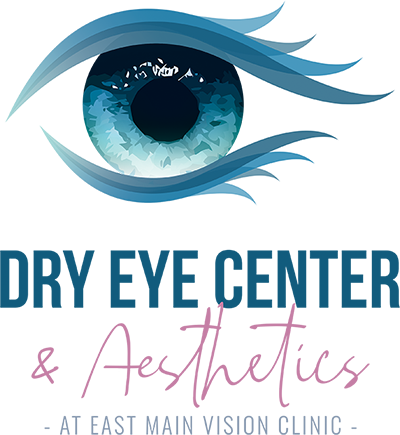January 31, 2024

The tear film is an essential component of our eyes. This complex structure plays a crucial role in maintaining eye health and visual clarity, and when disrupted, can cause significant discomfort. Understanding the intricacies of this delicate system is the first step in managing conditions such as dry eye.
The Role of the Tear Film in Eye Health
The tear film is composed of three layers: the outer lipid layer, the middle aqueous layer, and the inner mucin layer. Each layer has its distinct role in maintaining the integrity of the tear film and ensuring that our eyes remain comfortable and vision clear.
The tear film aids in the eyes' comfort by providing lubrication. Each blink spreads the tear film across the eye's surface, reducing friction between the eyelid and the cornea, preventing feelings of dryness or grittiness. Without a stable tear film, the eye becomes vulnerable to dryness, irritation, and inflammation, leading to discomfort and potentially impaired vision.
Understanding Dry Eye
Dry eye is a common condition that occurs when the tear film is compromised, either due to reduced tear production, increased tear evaporation, or an imbalance in the tear film's composition. It is a multifactorial disease of the tears and ocular surface that can have a significant impact on one's quality of life.
There are numerous causes of dry eye, from environmental factors like dry or windy climates and prolonged screen time, to systemic diseases like rheumatoid arthritis and Sjogren's syndrome. Certain medications can also cause dry eye by reducing tear production. Aging is another major risk factor, with dry eye prevalence increasing significantly in people over the age of 50.
Meibomian Gland Dysfunction
A common cause of dry eye is meibomian gland dysfunction (MGD), a condition where the meibomian glands in the eyelids don't produce enough oil, or the oil they produce is of poor quality. This causes the tear film's lipid layer to become unstable, leading to increased tear evaporation and dry eye symptoms.
In MGD, the glands become blocked with thickened oil, causing the gland openings to become obstructed. This can result in a range of symptoms, from mild discomfort to severe inflammation and even loss of vision if left untreated.
How an Optometrist Can Help Manage Dry Eye
Optometrists play a vital role in diagnosing and managing dry eye. Through a comprehensive eye examination, the doctor can determine the cause of your dry eye symptoms and devise a personalized treatment plan to manage the condition effectively.
The optometrist will first assess your tear film and measure your tear production and evaporation rates. They will also examine the meibomian glands and evaluate the overall health of your eyes. Once the cause of your dry eye has been identified, the doctor can recommend appropriate treatments.
Breakthrough Treatments for Dry Eye
In recent years, several breakthrough treatments for dry eye have been developed, offering hope to those suffering from this often-debilitating condition. These treatments, which include ILux, Blephex, LipiFlow, and IPL, offer innovative ways to manage dry eye, especially when caused by meibomian gland dysfunction.
ILux is a device that uses light energy to heat and express the meibomian glands, helping to unblock them and improve oil flow. Blephex cleans the eyelids and removes any debris that could be blocking the meibomian glands. LipiFlow uses a combination of heat and pressure to unblock the glands, while Intense Pulsed Light therapy (IPL), uses light energy to reduce inflammation and improve gland function.
These treatments offer targeted, effective ways to manage dry eyes, and can significantly improve symptoms and quality of life for those suffering from the condition.
Taking Control of Dry Eye
Taking control of dry eye requires the right knowledge and the right treatments. With the help of an optometrist, understanding of the tear film, and the latest treatments available, you can effectively manage dry eye and maintain the health of your eyes.
For more information on dry eye and effective management strategies, contact our experts at East Main Vision Clinic in our Puyallup, Washington, office. Call (253) 780-0700 to discuss dry eye treatments or to schedule an appointment today.



